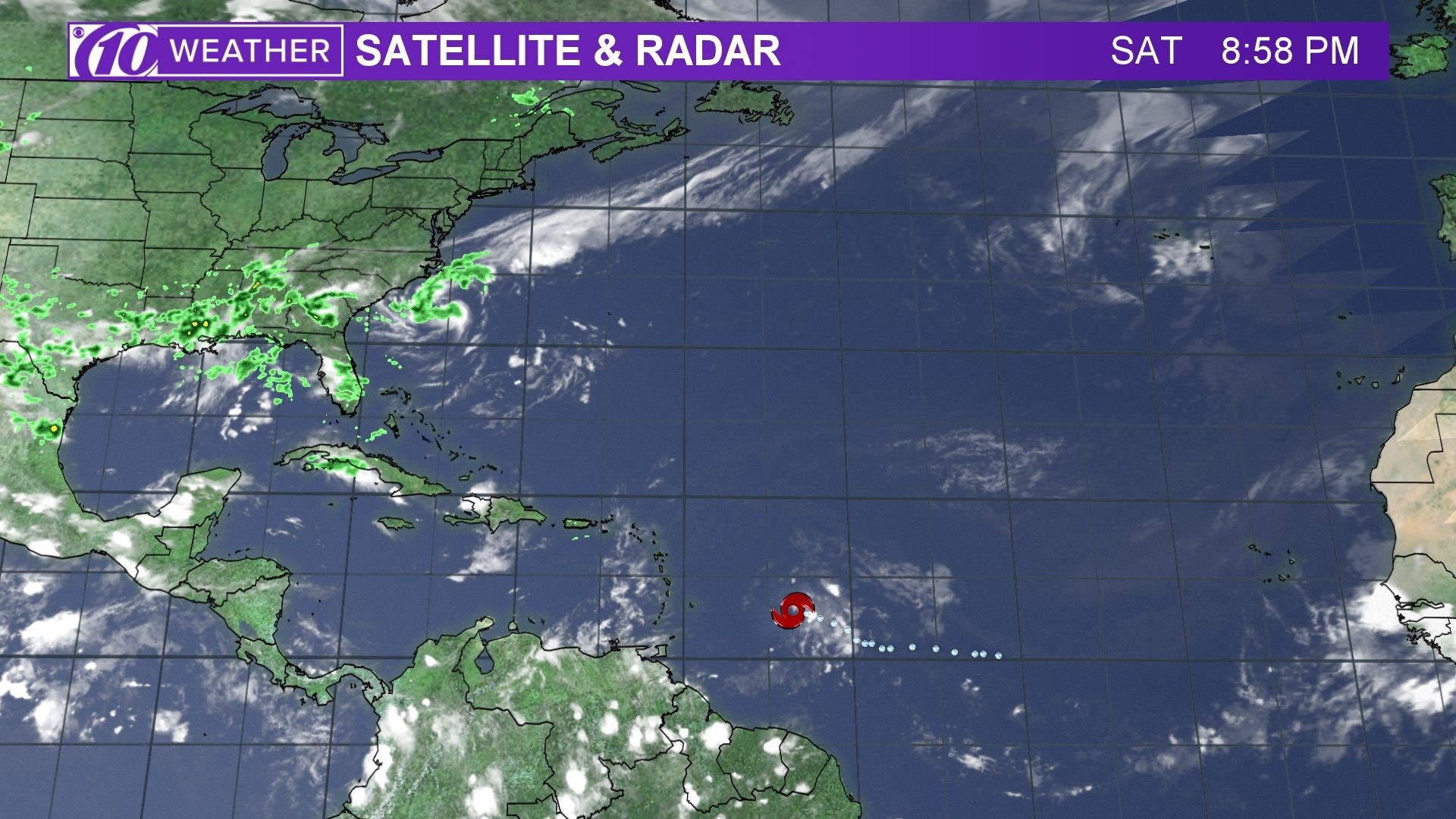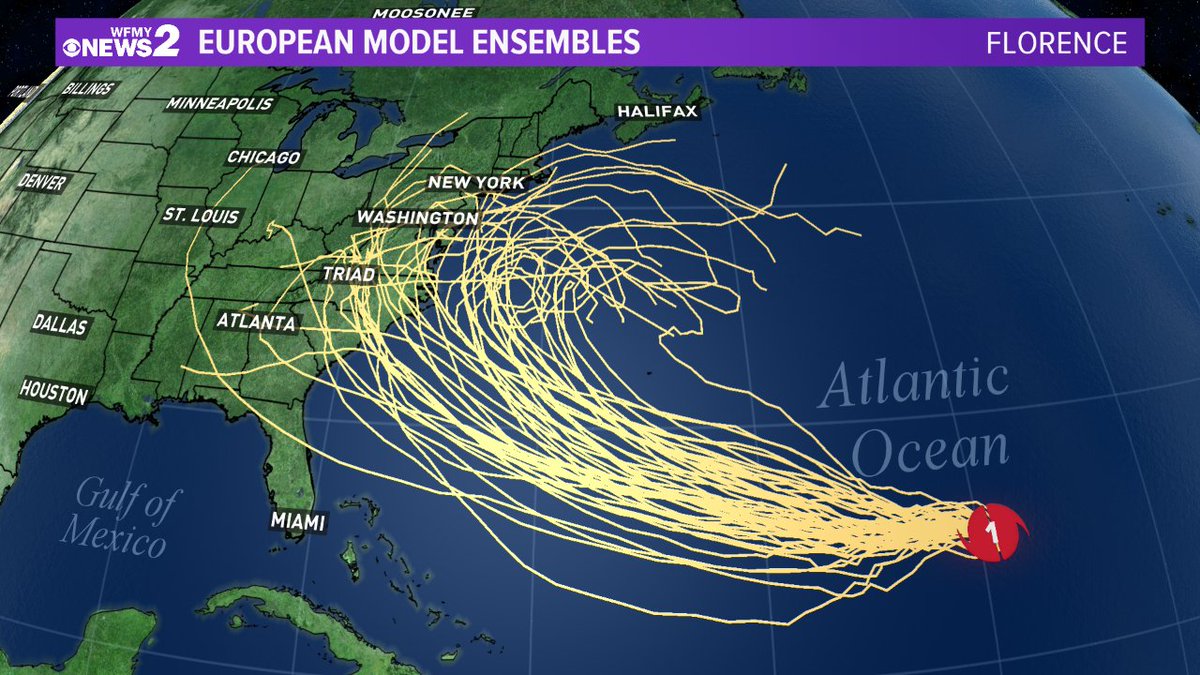Hurricane Beryl’s Path Prediction

Hurricane beryl spaghetti models – Hurricane Beryl’s path prediction is crucial for coastal communities and emergency responders to prepare for its potential impact. Spaghetti models are a key tool in forecasting the hurricane’s trajectory.
Dem spaghetti models fuh Hurricane Beryl showin’ it might head straight fuh Barbados. Check out de latest updates on Hurricane Beryl in Barbados fuh mo’ info. We still watchin’ de storm closely, so stay tuned fuh de latest spaghetti models and advisories.
Spaghetti models are a collection of computer simulations that predict the possible paths a hurricane may take. Each model uses slightly different initial conditions and weather data, resulting in a range of potential tracks.
Hurricane Beryl spaghetti models are giving us a good idea of the storm’s potential path. To get the most up-to-date information on storm beryl path , be sure to check the National Hurricane Center website. The spaghetti models show that Beryl is expected to continue moving west-northwest over the next few days.
It is important to note that these models are just predictions, and the actual path of the storm could change.
Accuracy and Limitations of Spaghetti Models
Spaghetti models are generally accurate for predicting the general direction and speed of a hurricane’s movement. However, they are less reliable in predicting the exact location and timing of landfall.
The accuracy of spaghetti models is limited by several factors, including the complexity of weather systems, the availability of real-time data, and the computational power of the models.
Despite their limitations, spaghetti models remain an essential tool for hurricane forecasting. By providing a range of possible paths, they help emergency responders and coastal communities make informed decisions about evacuation and preparedness.
Impacts of Hurricane Beryl

Hurricane Beryl is expected to bring heavy rainfall, strong winds, and storm surge to coastal areas. These impacts can cause significant damage to infrastructure, homes, and businesses. Vulnerable areas include low-lying coastal communities, as well as areas with poor drainage.
Coastal Impacts
The storm surge from Hurricane Beryl is expected to be particularly damaging, with waves reaching heights of up to 10 feet. This could cause extensive flooding in coastal areas, leading to property damage and displacement of residents. Additionally, strong winds from the hurricane can cause downed trees and power lines, disrupting transportation and communication networks.
Mitigating Impacts
Local authorities are taking steps to mitigate the impacts of Hurricane Beryl. Evacuation orders have been issued for low-lying coastal areas, and residents are being urged to follow these orders. Emergency shelters have been set up to provide shelter for those who have been evacuated. Additionally, utility crews are standing by to repair any damage to power lines and other infrastructure.
Comparison of Hurricane Beryl to Other Hurricanes: Hurricane Beryl Spaghetti Models

Hurricane Beryl, a Category 3 hurricane that made landfall in Florida in 2018, exhibited unique characteristics that set it apart from other recent hurricanes. By comparing its path, intensity, and impacts to other notable storms, we can gain valuable insights into hurricane behavior and improve preparedness measures.
Path and Intensity
Beryl’s path was relatively short compared to other hurricanes that have affected the Atlantic coast. It formed near the Bahamas and moved northwestward, making landfall near Jacksonville, Florida. In contrast, hurricanes such as Irma and Maria had longer tracks, affecting multiple Caribbean islands and states.
Regarding intensity, Beryl reached Category 3 status with maximum sustained winds of 125 mph. This is comparable to Hurricane Matthew, which made landfall in Haiti as a Category 4 hurricane. However, Beryl’s intensity was lower than Hurricane Michael, which devastated the Florida Panhandle in 2018 as a Category 5 hurricane.
Impacts
The impacts of Hurricane Beryl were significant, causing widespread flooding, power outages, and damage to infrastructure. However, the damage was localized compared to other hurricanes. For example, Hurricane Irma caused catastrophic damage across Florida and the Caribbean, while Hurricane Maria devastated Puerto Rico and left millions without power for months.
Implications for Future Preparedness and Response, Hurricane beryl spaghetti models
The comparison of Hurricane Beryl to other hurricanes highlights the importance of considering the unique characteristics of each storm. While Beryl’s path and intensity were less severe than some recent hurricanes, its impacts were still significant. This underscores the need for robust hurricane preparedness plans that account for the variability in hurricane behavior.